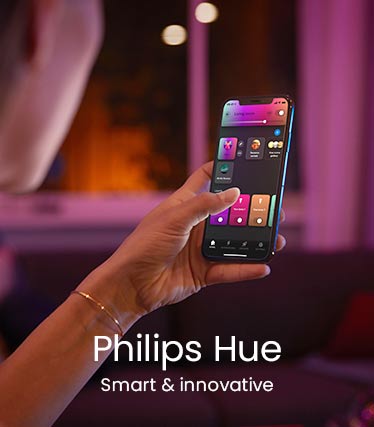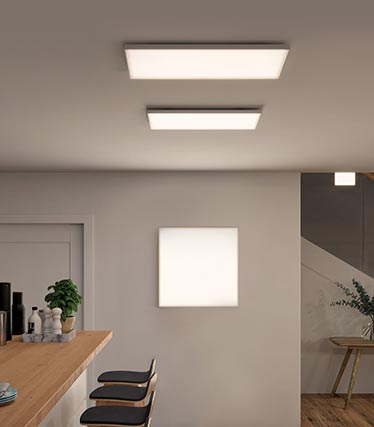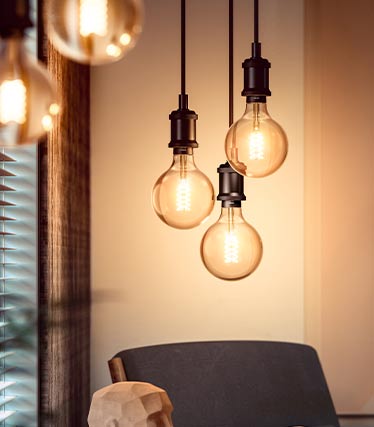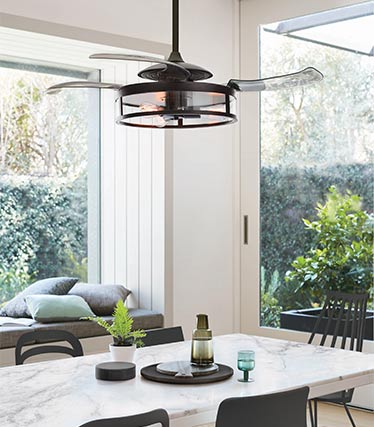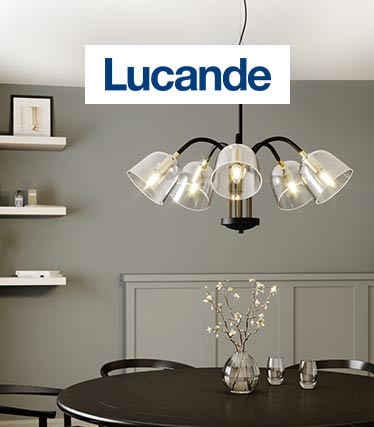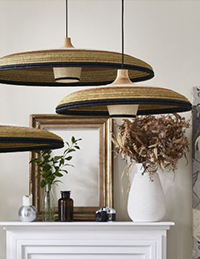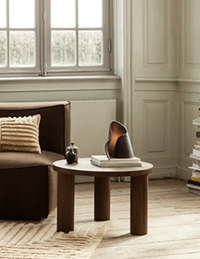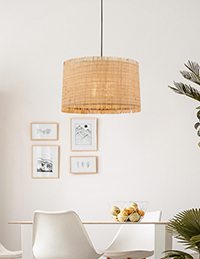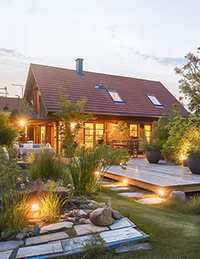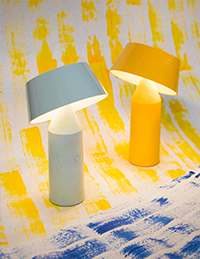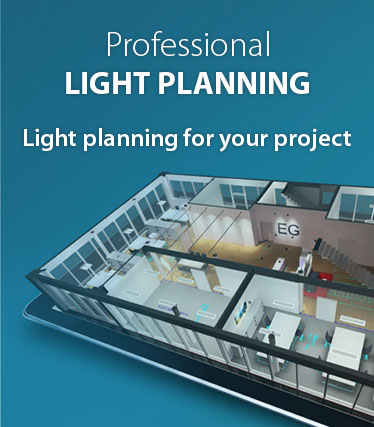- 50 days free returns
- Rated “Great” on Trustpilot
- Europe's largest selection of brands
Office lighting: why efficient working is (also) a question of light
I feel good about my work. No matter what the weather. Whether it's scratching the 40° mark outside or rain, ice and snow make "outside" the most inhospitable place in the world: In the office, it's fine (thanks to air conditioning and heating). Well, at least if the lighting also plays its part. After all, if you're working late into the evening and trying to decipher the filed documents in the folder in the semi-darkness, your eyes aren't just burning from being tired. Lighting plays an important role in efficient working. It takes the strain off the eyes and makes everything easier overall.
This is so important that office lighting is standardized. And even those who don't pore over documents in the office or type away on the keyboard in a large corporation benefit from the standards of office lighting: in the home office. Or at any workstation, no matter how small, where you sit at home, check off bills or simply write a letter.
What requirements must office lighting meet?
Are you working from home? Then you can learn something from office lighting. **But you don't have to. That's the big difference: at home, you are largely free to choose your office lighting. In a company, however, you have to comply with certain standards. Office lighting is regulated in the European standard DIN EN 12464-1. In addition, the ArbStättV (Workplace Ordinance) plus ASR A3.4 apply in Germany. Additional requirements also apply in some countries.
Generally speaking, the lighting of VDU workstations must be suitable for all (visual) tasks that occur at this workstation. This includes writing and reading on a screen and writing and reading texts at a desk. The lighting criteria must be determined according to the type of activity, the visual tasks and the room, and the office luminaires and office lamps selected accordingly.
Why, you ask, do you need additional lighting to read and write text on the screen? When the screen itself lights up? Answer: Because too much contrast between a bright screen and a dark room strains the eyes. As you can see: This is how detailed you can approach lighting (or must in the case of office lighting).
:format(jpeg))
What makes good office lighting?
Lights on and the office lighting is ready? It would be nice! If you take a closer look at the standards and see which quality characteristics play a role, you realize how extensive lighting can really be.
Are you a private user? Great, then you can take what you want and leave what you want.
The quality characteristics of good office lighting include, among other things:
- Illuminance
- Luminance distribution
- correct light color
- Very good color rendering
- Light direction
- Avoiding direct and reflected glare
- Avoid flickering
- Avoiding large variances of light in level and color
:format(jpeg))
How many lumens are required for workplace lighting?
Just like any other lamp, office lamps emit a luminous flux that is measured in lumen and indicates the brightness. The standards for office lighting, however, provide for a calculation of the illuminance. This refers to the light that actually strikes a surface. The illuminance is measured in lux (lx). An office workstation, for example, is considered to be adequately lit at 500 lx.
In the private sector, on the other hand, you should still work with the lumen\ value (because you cannot calculate lux so easily), which you will find specified for every light source and every LED luminaire (with permanently installed light source) in the store.
As a guideline, you can look for a luminous flux of around 500 lumens in a good desk lamp, for example. For larger luminous fluxes, we recommend that you pay attention to an integrated dimmer (indicated in the store by the lines "Dimmable" and "Dimmer included"). You can then adjust the brightness to suit your own preferences. As I said: No standard decides for you here - you decide for yourself!
What are you waiting for? All options are open to you!
:format(jpeg))
:format(jpeg))
Why are glare-free office lights so important?
Dazzling office lights disturb! Just think about relaxing on the couch in the living room and constantly looking into the open light source of a ceiling spotlight. Glare is just as annoying in the office. A distinction is made here between physiological and psychological glare.
Physiological glare causes reduction in visual function. It is caused, for example, by looking into the sun or headlights.
Psychological glare is a subjective feeling of disturbance. Whether an office lamp or office luminaire is perceived as dazzling depends on various factors. These factors are included in the assessment of glare according to the UGR method.
For further information, please contact ourspecialist advice using the contact details below.
Our specialist consultants work with you to plan the optimum lighting for your office
Good office lighting consists of more than just mounting and installing office luminaires. Good planning is essential in order to meet the standards. And to ensure that you are not left to your own devices in this very important task, our specialist consultants can help you with lighting projects of this (and any other) kind.
Here* you will find our contact form.
Among other things, we advise you on the use of
- Floor lamps and ceiling floodlights for the office
- Ceiling lighting for offices and conference rooms
- LED panels for modern office spaces
- Louvre luminaires, e.g. for open-plan offices
- Desk lamps for the office workplace
**We look forward to your inquiry!
:format(jpeg))
:format(jpeg))
:format(jpeg))
The strike-through prices correspond to the manufacturer's RRP.
Included in the price of LED lights/bulbs is a contribution to recycling costs of €0.05. Included in the price of CFLs/fluorescent bulbs is a contribution to recycling costs of €0.15.
All prices include 23% VAT, delivery costs excluded.





































